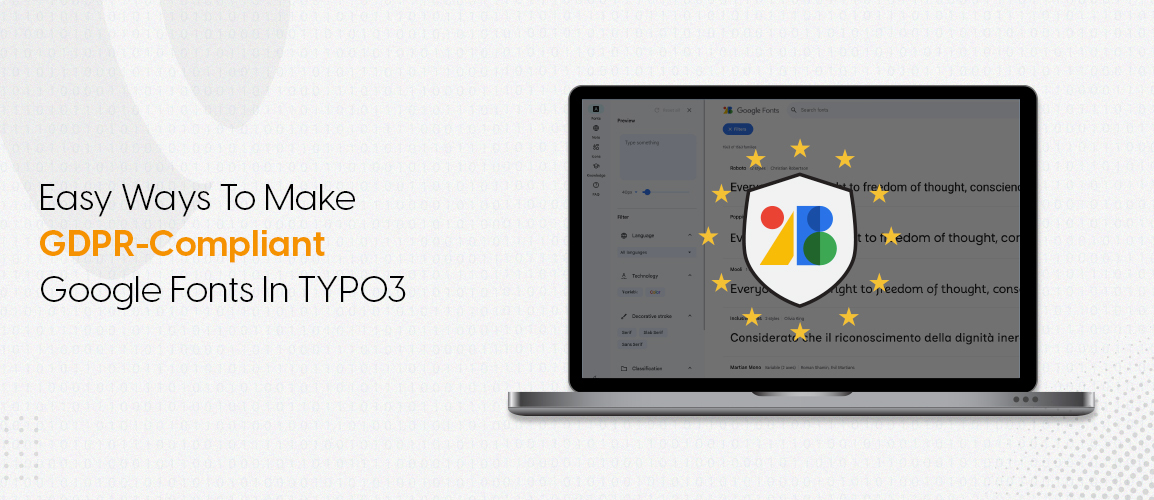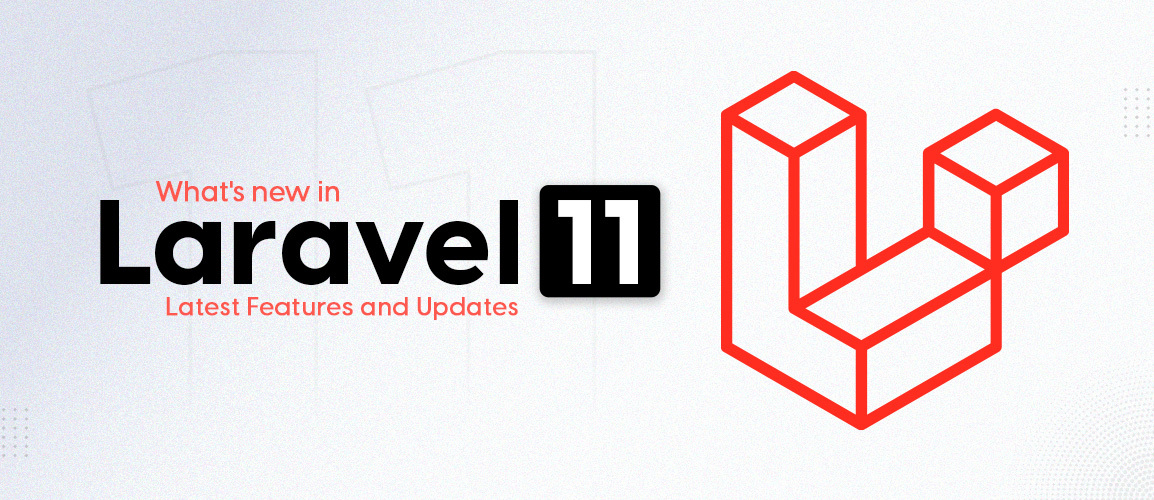Introduction
In this technological era, website development may depend on many external resources to elevate the customer experience. Google Fonts, is the favourite choice of many web developers as it has a vast range of collections of web fonts.
Moreover the use of third-party resources such as Google Fonts raises concerns about data privacy and GDPR compliance. The General Data Protection Regulation (GDPR) mandates strict data protection for all website owners where the need to check weather using Google Fonts aligns with these regulations.
Did you know that the use of third-party resources like Google Fonts can potentially raise concerns about data privacy and GDPR compliance?
With 51% of our TYPO3 customers based in Germany, it's crucial to ensure your website aligns with GDPR regulations.Take quick action if you're using Google Font because use of Google Fonts API in websites can be in compliance with GDPR rule.
In this blog we will guide you with the easiest ways of integrating GDPR-complaint Google Fonts in TYPO3 ensuring that customers data is protected.
What are Google Fonts?
Google Fonts is a free web font service offered by Google that allows web developers and designers to smoothly integrate a wide range of fonts into their web projects.
Font Selection: Google Fonts provides a wide range collection of open-source fonts that you can use in your website projects. Ensure your font selection is done carefully that helps your website’s quality, readability, and versatility. For fonts selection one can browse the Google Fonts library to look for the best fonts that suit your website design requirements.
Are Google Fonts GDPR Compliant?
On January 20, 2022, the regional court of Munich city in Germany issued a ruling stating that websites incorporating Google Fonts are in breach of the General Data Protection Regulation (GDPR). It has passed the order of paying €100 in damages for users because of transferring user's personal data (IP Address) to Google's server without the users permission.
How do Google Fonts violate GDPR?
Google fonts does not set any type of cookies. It is a type of web font service that offers an API to deliver font files. Initially Google Fonts gathers user requests then retrieves files from its servers and delivers them to the end users to generate fonts. While this process is carried out Google's server records the IP address of the user which can be used for analytical purposes.
Easy Ways to Achieve GDPR-Compliant Google Fonts in TYPO3
Local Font Hosting
Local font hosting is a practical solution to address GDPR concerns when using Google Fonts. Instead of directly linking to Google's servers, you can download the Google Fonts you plan to use and host them on your own server.
By hosting fonts locally, you gain more control over the data flow. User data is not transmitted to external servers during font loading, mitigating GDPR-related risks. Local hosting also enhances website performance by reducing latency associated with external resource requests. Local font hosting is the practical solution to solve GDPR concerns while using Google Fonts. Instead of linking directly to Google's servers you can download the Google Fonts which you are willing to use and host them on your own server.
By hosting these Google Fonts locally, one can get more authority of controlling the data flow. Hence, all the user data will not be transmitted to the external servers during the font loading process and the risk of GDPR compliance will be reduced. Local Font Hosting method will also help in enhancing your website’s performance by reducing the latency associated with the external resource requests.
Use TYPO3 Extensions for Google Fonts
One of the best ways to carry out the GDPR compliance when using Google Fonts in TYPO3 website is to use TYPO3 extensions which are specifically developed for this purpose. These TYPO3 extensions help in streamlining the integration process while offering features that promote compliance.
For example, the TYPO3 Cookiebot GDPR Compliant Extension offers a user-friendly way to enable the Cookie Consent Banner that displays customized user consent for your website.
Bonus Tip: Use Bunny Fonts and elevate your privacy protection to new heights. Prevent your users from third-party website tracking and simplify GDPR compliance. Bunny Fonts ensures that your users' Personally Identifiable Information (PII) remains theirs and empowers you to achieve GDPR compliance
Conclusion
Ensuring the GDPR compliance when using Google Fonts in TYPO3 is not a legal compulsory but a responsibility to secure the users data and privacy. Apply the above listed methods to ensure GDPR-compliant Google Fonts integration and can confidently utilize this resource while practising to data protection regulations.
Applying the methods like local font hosting and TYPO3 extensions helps in a comprehensive GDPR compliance strategy for your TYPO3 website.






Comments and Responses